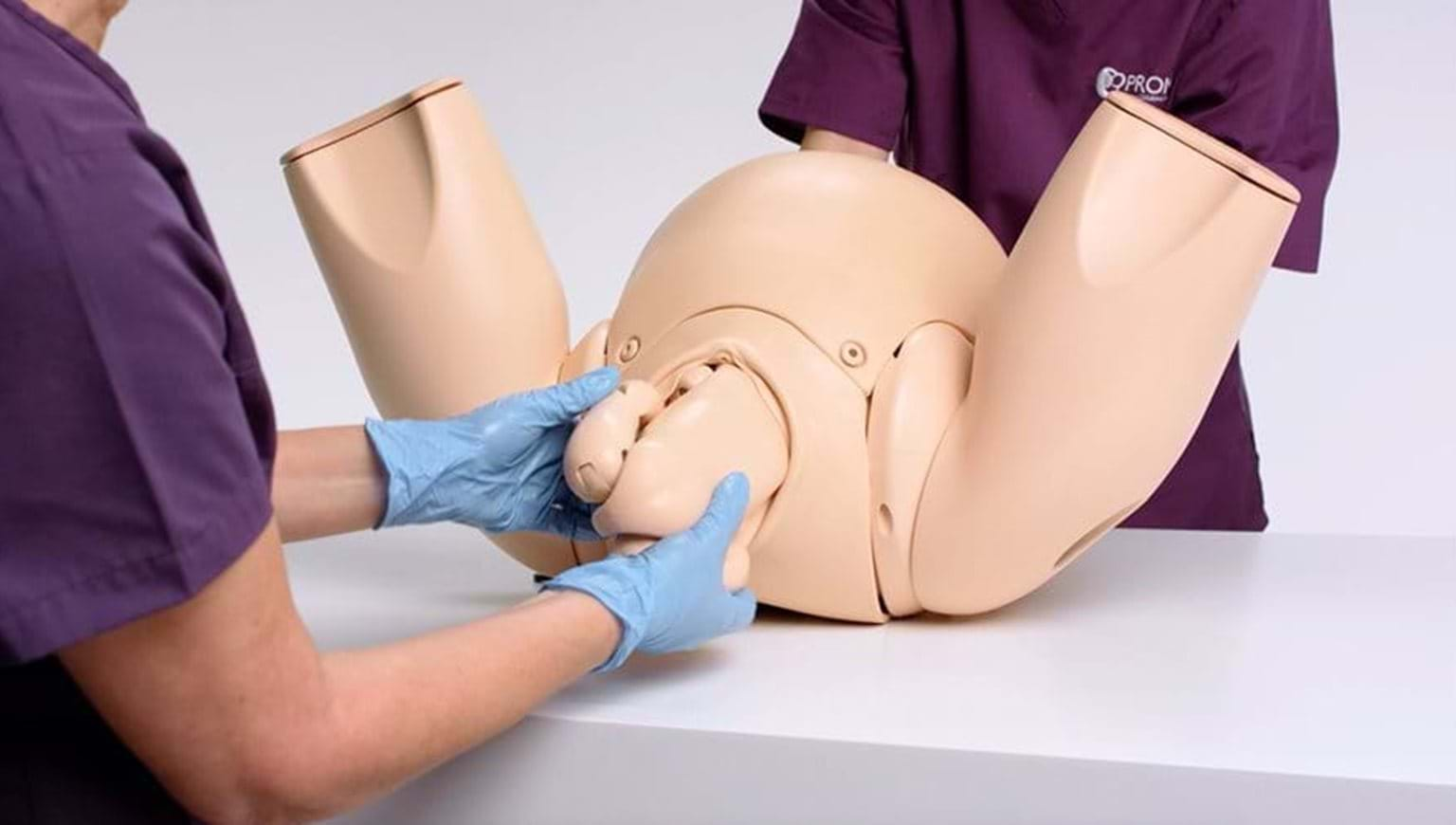News
EMS and Maternity Training
08 July 2023
Paramedics are trained to deal with a wide range of situations; they must be ready for whatever awaits at the scene of the job. However, as the number of paramedics being called out to out-of-hospital-births is on the rise, are paramedics prepared to care for those in labor?

Since the onset of COVID-19, more women have considered the option of delivering their baby outside of the hospital. These choices include delivering at a freestanding birth center run by midwives, or with a midwife at home. And while there are plenty of safe deliveries at home in countries all around the world, there is still controversy about this decision in the United States. Despite this controversy, out-of-hospital birth rates are growing.
“In 2017, 1 of every 62 births in the United States was an out-of-hospital birth (1.61%). Home births increased by 77% from 2004 to 2017, whereas birth center births more than doubled.”3 In the UK, “2.1% of births were at home, and another 2% were in freestanding midwifery units (FMU).”4 However, the number of women who set out to deliver out of the hospital is significantly higher.
According to research conducted by the NPR, “somewhere between 23 and 37 percent of first-time moms attempting home birth end up transferring to a hospital, largely because the baby is unable to move through the birth canal.”5
So, with increasing numbers of laboring women being transferred to the hospital, are EMS providers properly prepared to care for them? The literature has found that “since intrapartum cases represent a small percentage of the annual emergency caseload, paramedics have infrequent exposure to a birth situation. Studies indicate that caring for pregnant and birthing women is an area in which paramedics feel less prepared and may lack confidence as it constitutes a minor component of their education and overall case load.”1
According to a recent UK study, a definitive “institutional knowledge gap exists in relation to maternity care provisions and training among those working within ambulance trusts. Prior to 1999, education and training around obstetric care was not formally included within the paramedic curriculum and to date, higher education institutes have no standardised approach to the level, content and assessment strategies for obstetric and maternity training within the pre-registration paramedic science curriculum.”2
Another misconception about caring for an intrapartum patient “expressed by paramedics is that these cases are ‘infrequent’ and often ‘normal’ and ‘uncomplicated’. However, this belief does not reflect existing international literature…”1 According to the American College of Obstetrics and Gynecology, “although planned home birth is associated with fewer maternal interventions than planned hospital birth, it also is associated with a more than twofold increased risk of perinatal death (1–2 in 1,000) and a threefold increased risk of neonatal seizures or serious neurologic dysfunction (0.4–0.6 in 1,000). These observations may reflect fewer obstetric risk factors among women planning home birth compared with those planning hospital birth.”6
“Rapid clinical decision-making is often required when attending unplanned births in the community, emphasising the need for skilled and competent clinicians in attendance.”2 In order to achieve this goal, recent research concludes that “Training for front line professionals has been identified as key to improving maternity care and safety.”2
In a survey study conducted by the NHS trust, ambulance service providers stated their “Preference for training included face-to-face simulations and cross-disciplinary training...”2 One such course provided by the PROMPT foundation has been well received by 75 senior clinicians. This one-day training has helped clinicians feel supported and have competence in the management of maternity emergencies. A video about this training can be found here.
Limbs & Things is proud to offer the birthing center – PROMPT Flex range of products that aid in teaching all providers safe and practical ways to care for laboring women. For more information about a course in the UK, contact the PROMPT Maternity Foundation.
In the US, ACOG endorses a course titled Emergencies in Clinical Obstetrics (ECO). Whether training small or large groups, Limbs & Things ECOSystems contain all of the equipment needed to complement both the PROMPT and the ACOG curricula. Together, the PROMPT Foundation, ACOG, and Limbs & Things are working to improve safe deliveries for moms and babies.
For more information, don’t hesitate to reach out to your local representative or our customer service departments.
1 Is unplanned out-of-hospital birth managed by paramedics ‘infrequent’, ‘normal’ and ‘uncomplicated’?
2 An exploration of maternity and newborn exposure, training, and education among Ambulance Service Staff
3 Trends and State variations in out-of-hospital births in the US 2004-2017
4 Women’s birthplace preferences in the United Kingdom
5 Home Birth Can be Appealing, but how safe is it?
6 Planned home birth -ACOG Committee Opinion


